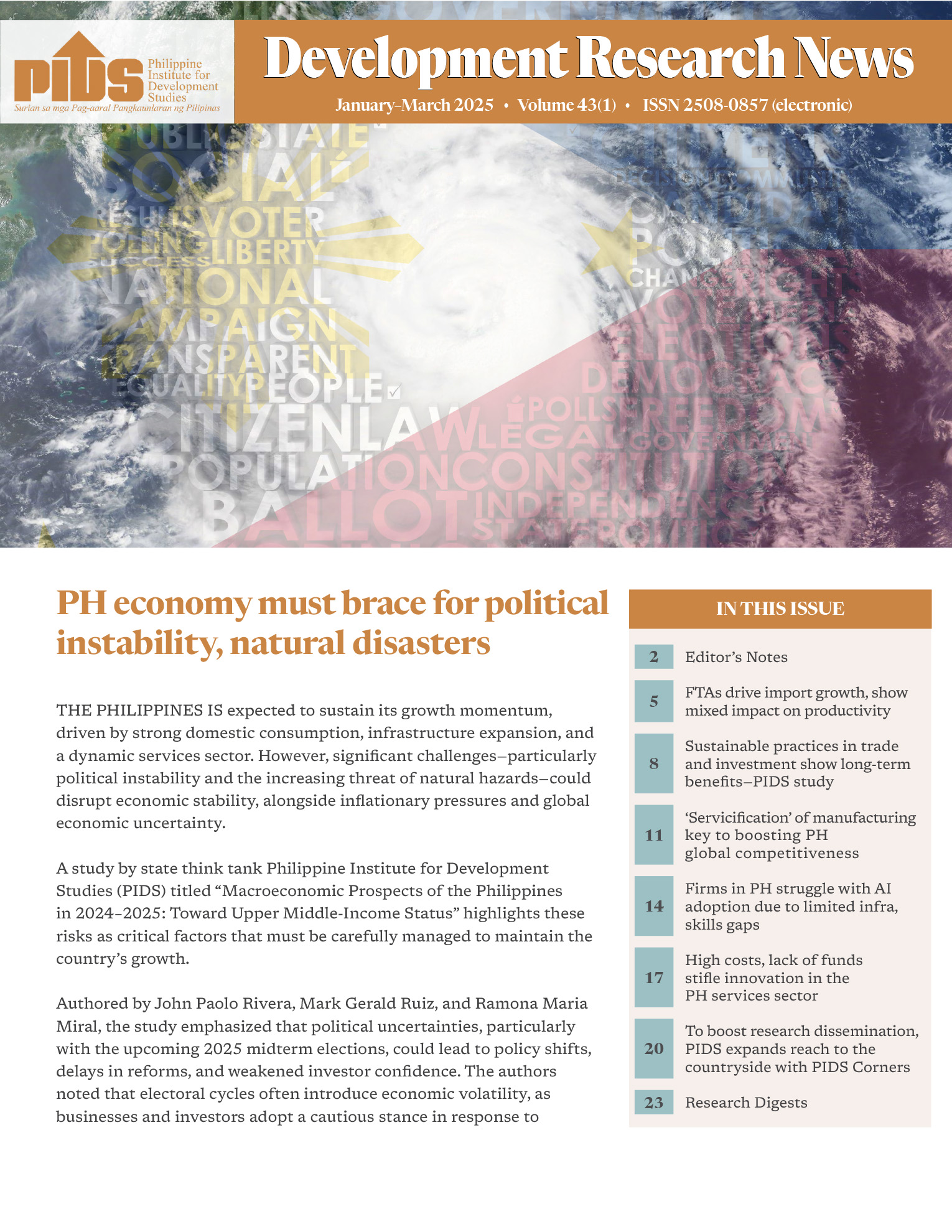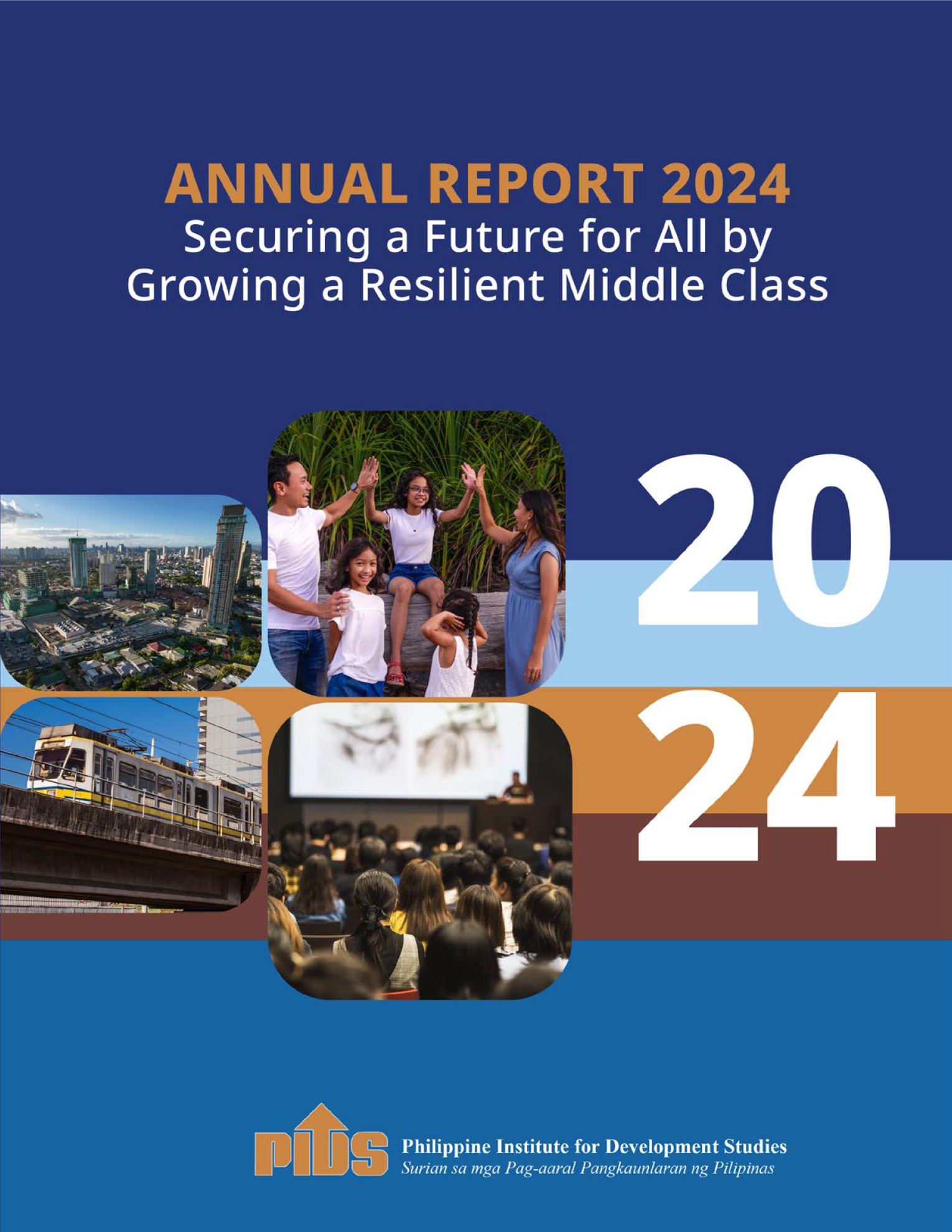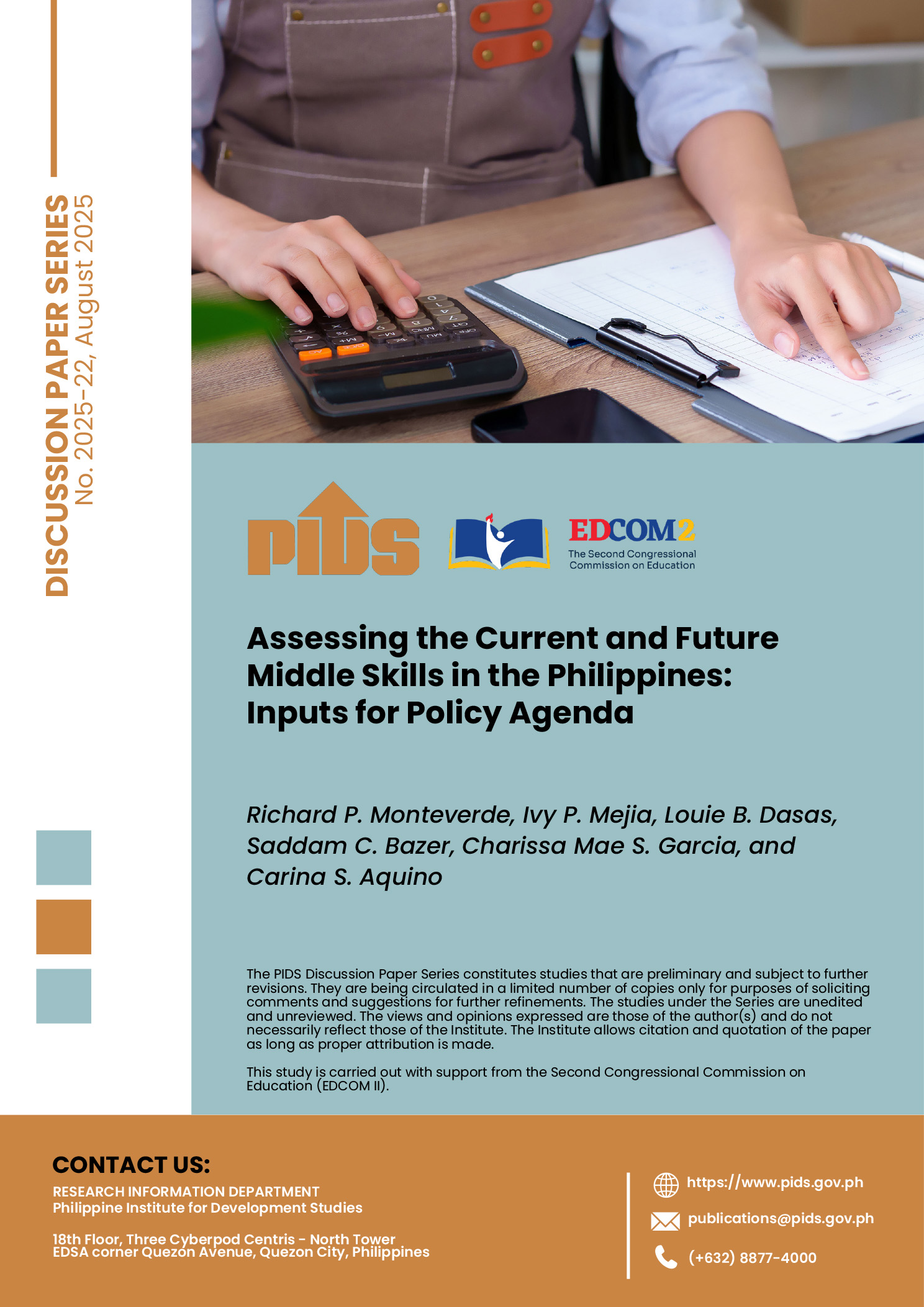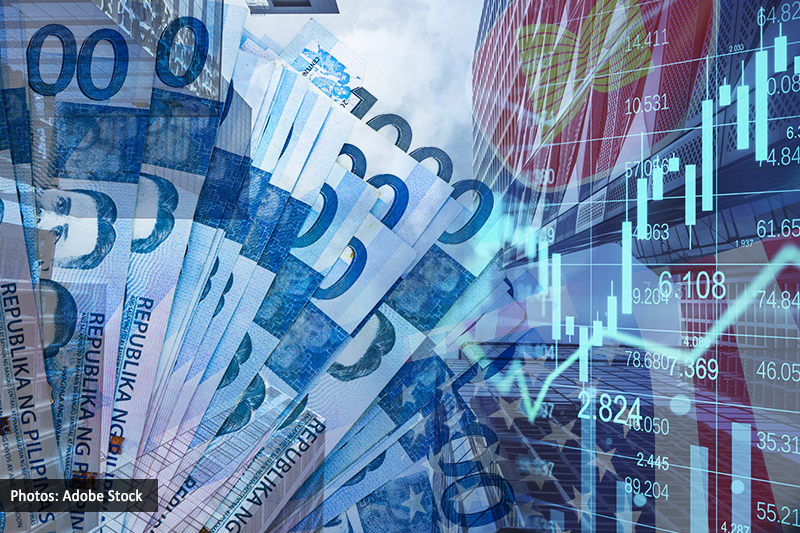IF one is curious to find an answer, one can refer to an income classification table from the Philippine Institute for Development Studies (PIDS) and a tax data table (number of taxpayers and collection by taxable income bracket for compensation earners) to run some calculations.
The PIDS income classification table shows seven classes based on monthly income, which are spelled out as follows: 1) poor: less than P10,957; 2) low income (but not poor): greater than or equal to P10,957 but less than P21,194; 3) lower middle class: greater than or equal to P21,194 but less than P43,828; 4) middle class: greater than or equal to P43,828 but less than P76,669; 5) upper middle income: greater than or equal to P76,669 but less than P131,484; 6) high income (but not rich): greater than or equal to P131,484 but less than P219,140; and 7) rich: greater than or equal to P219,140. For everyone’s information, these benchmarks increase with economic growth and inflation. For example, in 2018, Filipinos needed to earn P38,080 per month to be categorically considered as part of the middle class. In 2020, the figure went up to P43,828 per month (a 15-percent increase in a span of two years).
For this analysis, what is readily available is a 2015 tax table, so the generated estimates will be used purely for illustrative purposes. It is assumed, for simplicity, that the number of taxpayers per taxable income bracket has not changed dramatically since 2015, and the latest income classification from the PIDS can be used. The given table summarizes the results of this exercise.
The actual data show revenues prior to the Tax Reform for Acceleration and Inclusion (TRAIN) Act, so the effect of TRAIN is estimated. As expected, there is a decrease in total revenues because of TRAIN, but there are notable changes in the shares. Prior to TRAIN, the middle class, per se, would account for 18.63 percent of tax collections. (For every P100.00 collected, P18.63 would come from the middle class.) Combined with the lower and upper middle classes, the share would be 53.16 percent. (For every P100.00 collected, P53.16 would come from the lower middle, middle, and upper middle classes combined). With TRAIN, the share of the middle class, per se, would go up to 22.36 percent. (For every P100.00 collected, P22.36 would come from the middle class.) Combined with the lower and upper middle classes, the share would be 63.62 percent. (For every P100.00 collected, P63.62 would come from the lower middle, middle, and upper middle classes, the share would be 63.62 percent. (For every P100.00 collected, P63.62 would come from the lower middle, middle, and upper middle classes combined).
Although TRAIN was able to lower personal income taxes, more revenues were raised from consumption taxes and other sources. An interesting question: Who among the income classes are likely to do more consumption spending?
In economics, the Laffer Curve (named after economist Arthur Laffer) describes the relationship between tax revenue and tax rates. Two axes are drawn perpendicular to each other. The vertical axis measures tax revenue, while the horizontal axis measures the tax rate. The shape of the curve is an inverted U, where the peak indicates the optimal tax rate that maximizes total government tax revenue. To the left of the optimal tax rate, an increase in tax rate raises more revenue than is lost to offsetting worker and investor behavior. Increasing rates beyond the optimal tax rate, however, would cause people to not work as much or not work at all, thereby reducing total tax revenue.
Indeed, in light of current problems, the government needs to find creative ways to strengthen tax enforcement (i.e., plug leakages) and raise revenues to sustain public spending and gradually pay off debts. However, if the taxing is overdone, as the Laffer Curve suggests, it could become such a huge disincentive to work that the middle-class earners bearing the brunt of taxation might choose to channel their productive energy elsewhere (i.e., the informal sector or abroad).
Moreover, the top priority is to keep inflation in check in the midst of external pressures. Taxation may be tweaked to shift the burden for equity and efficiency reasons. Inflation, however, does not discriminate. Inflation can affect some people more severely than others, so there should be compensatory measures to balance out things.












